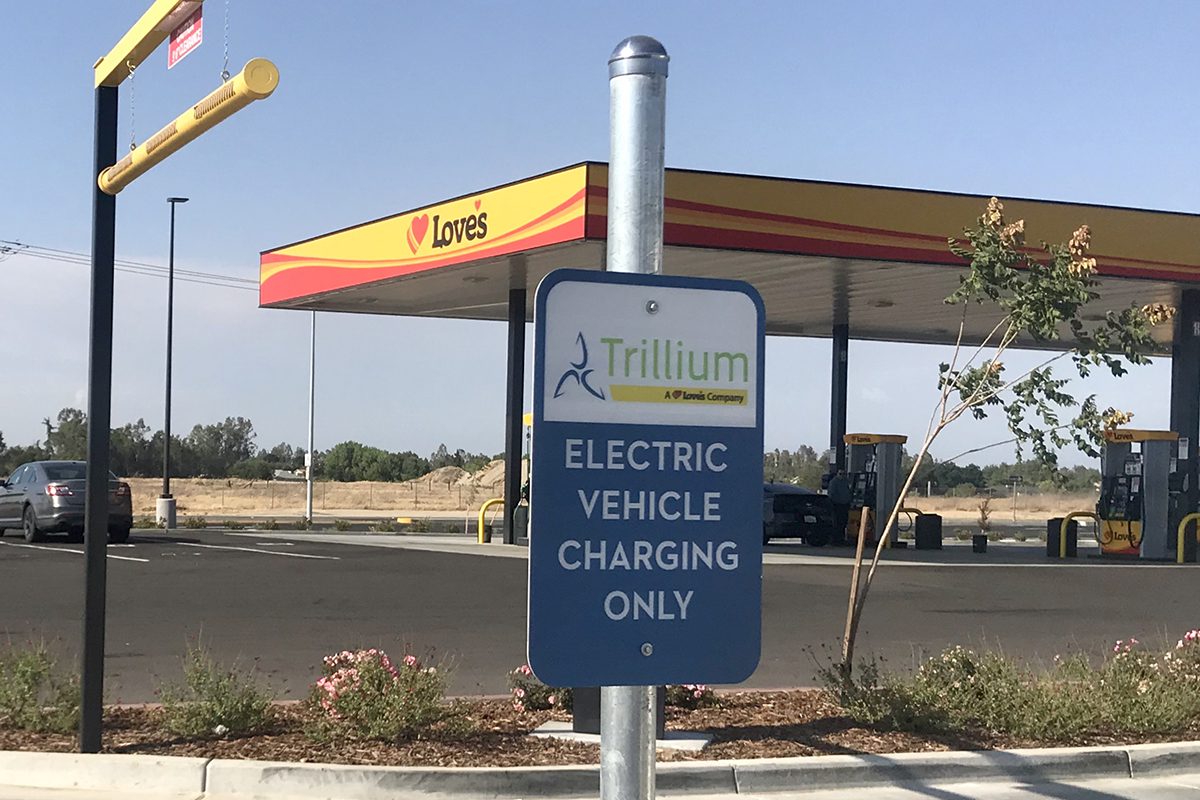We are more than a year and a half into the Infrastructure Investment and Jobs Act (the “Bipartisan Infrastructure Law,” “IIJA,” or “BIL”), which was signed into law by President Biden in November 2021. Under the BIL, the National Electric Vehicle Infrastructure (NEVI) Formula Program (or just “NEVI Program” as it is known) was established to distribute $5 billion in funding over five years for the purpose of building out a national network of electric vehicle (EV) charging stations along designated Alternative Fuel Corridors.
Individual state departments of transportation have now developed plans to administer funds at the state level. With so many states and various stakeholders, how will the NEVI program help the Biden Administration achieve its goal to build a national network of 500,000 EV chargers along 75,000 miles of US highways and how far along are we?
The first step in the process has been holding meetings with state agencies and stakeholders, including technology and fuel providers, and environmental groups to determine the best plan to ensure reliable, accessible charging along key travel corridors while also ensuring disadvantaged communities receive equitable access to charging solutions.
As states begin to make NEVI funds available, some of key requirements for applications have emerged including ensuring that:
- Stations are built along approved Alternative Fuel Corridors
- Stations are no more than 50 miles apart and no more than one travel mile from an off/exit ramp or highway intersection
- Charging solutions are non-proprietary so any and all EVs can successfully charge at each station
- At least four 150kW chargers per site capable of simultaneous charging
- Site power must be at least 600kW
While these technical requirements are essential to ensure the program’s overall success, other factors should also be considered. What does charging an EV from state-to-state — both passenger cars and heavy-duty trucks — actually look like and will travelers have access to the amenities that they need while charging their vehicles?
Truck stops and travel stops are well-positioned to play a key role in building out electric vehicle charging infrastructure across the United States, not only because of their existing infrastructure footprint but also because of the driver services provided. Whether driving a big-rig truck or a passenger car, drivers are going to need food, clean restrooms, and safe areas for pets and families. These are just some of the amenities that come along with the experience that drivers expect and deserve when fueling their vehicles, regardless of the fuel type.
As the nation begins widescale adoption of EVs, there will naturally be a learning curve in charging and operating these vehicles. Access to 24/7 staff for onsite support will be a key feature in order to provide assistance with EV charging and ensure a positive charging experience.
Travelers are also more likely to visit an EV station that provides a safe, clean, and well-lit location for charging, which can take anywhere from 20 minutes to one hour depending on the charger and the vehicle. Once EV use becomes more mainstream, a key consideration for charging solutions will be the availability of space to add more chargers in the future and adapt current traditional fueling lanes.
States are now beginning to open NEVI applications and Alaska, Colorado, Ohio, and Pennsylvania are taking an early lead to review and accept applications. The NEVI program will update its application process on an annual basis, allowing for flexibility to incorporate lessons learned as earlier stations are built.
Fleets and drivers are going to increasingly transition to EVs over the next several years and decades. But the highways and byways of America will mostly stay the same and with legislation urging and sometimes enforcing the adoption of zero-emission vehicles, that transition is already underway. The NEVI Program and the invested stakeholders are working together to ensure that the charging experience is safe, easy, and effective.
Love’s is invested in the future of fueling and is agnostic to the type of fuel. Our goal is to serve the traveling public no matter what type of vehicle they drive. With this goal in mind, we have plans to grow our EV charging footprint from 20 locations to hundreds over the next several years. Love’s is eager to incorporate our expertise with our expansive network of fueling stations to apply and effectively utilize NEVI grants across the country. We have been in the EV charging business for close to a decade. We’ve learned a lot and are open to sharing our experience with DOT’s so that we can help build out a nationwide network that serves the customer the way they deserve to be served. For more information on our experience, please contact contacttrillium@loves.com.



